After the animation studio is closed for the night, Ko-Ko the Clown and his sidekick escape from an ink bottle to put on a variety show for local kittens.
Sunday, March 14, 2021
Ko-Ko and Cat Videos -- 1926 style!
After the animation studio is closed for the night, Ko-Ko the Clown and his sidekick escape from an ink bottle to put on a variety show for local kittens.
Friday, March 12, 2021
The Avengers Dossier, Page Five
ANDRE MORELL
Andre Morell was born in London, in 1909. He was a classically trained actress who began his professional career at the Old Vic in the early 1930s, and transitioned into television with parts in screen adaptions of classic novels and various other made-for-television movies during the late 1930s. For the next three decades, and into the 1970s, Morell was a fixture on British television, as well as a familiar face in big screen thrillers and horror films during the 1950s and 1960s from the legendary Hammer Films and other studios, His appearance along side Peter Cushing in "Cash on Demand" being a favorite here at Shades of Gray.
Playing Horatio Kane in "Death at Bargain Prices" was Morell's second appearance on "The Avengers". He was also in the Season Three episode "The Death of a Batman" as a different character.
Morell, who had started smoking at the age 14, passed away from lung cancer in 1978.
Thursday, March 11, 2021
Forgotten Comics: Mad Dogs
Writer: Chuck Dixon
Artist: Victor Toppi
Rating: Seven of Ten Stars
An Assistant District Attorney tasks a burned-out detective on the verge of suicide with assembling an off-the-books task force of violent, former law enforcement officers to go outside the rules to make cases against the city's most dangerous criminals. Their first target is a brutal drug lord who is seeking to expand his operation beyond Chinatown by crushing and coopting rival Jamaican gangs and through alliances with the Mafia.
"Mad Dogs" is a brutal, bloody cop story where the line between the heroes and villains is razor thin and the moral high ground upon which the heroes of our story stand is only inches above the cesspool that the drug dealers, murderers, and gangsters they are taking on wallow. The tone and pacing is very much like the gritty Italian and American cop dramas of the 1970s and 1980s. In fact, it feels far more cinematic it its execution than most modern comics, despite the fact that many of those feel more like they're made up of storyboards than comic book panels and pages.
Writer Chuck Dixon takes a "show, don't tell" approach to almost every aspect of "Mad Dogs" as it unfolds across three action-and story-packed issues. The first issue is spent mostly introducing the soon-to-be team of former cops through flashbacks that reveal the violent incidents that got them cashiered and closes with an introduction of their soon-to-be target that illustrates exactly how vile he is. The dialog is well-crafted and, although sparse, gives each character a distinct voice. If you take the as the homage to "grindhouse" cop flicks that it is--and therefore accept the reality that governs those kinds of movies--this is an excellently done story. Heck, the script here would have made a better movie than most of the films it emulates.
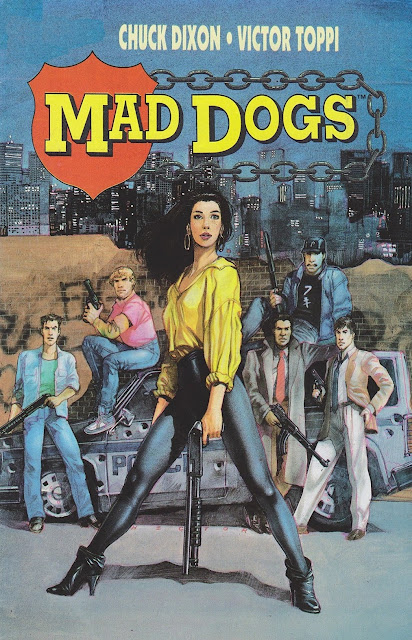
Wednesday, March 10, 2021
Moping around with Hailey Bieber
Tuesday, March 9, 2021
Respecting Their Privacy
Monday, March 8, 2021
Musical Monday with Body Count
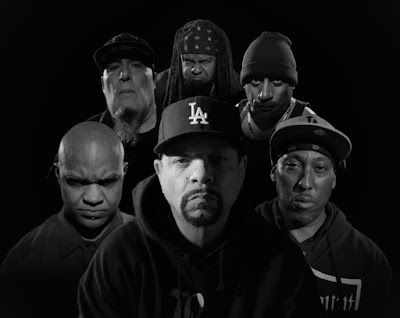
Ice-T and the band join us today with a song and a video that embodies fantasies of the sorts that we suspect any creative person who's crossed paths with an online "critic" or twit on Twitter (or maybe just negative reviewers in general) has engaged in at least once.
A word of warning in case you like visiting this blog at work: Do NOT click on this video. Very little of it is Safe For Work (or even polite company) ... but it's funny, rockin', and worth watching.
Talk Shit, Get Shot (2014)
Friday, March 5, 2021
'Plane Dumb' is... well... it's complicated
Starring: F.E. Miller and Aubrey Lyles
While trying to circumnavigate the globe in a plane, Tom & Jerry (Miller and Lyles) crash in the ocean near Africa. Disguised as black people, they hope to blend in with the natives... with predictable results.
Thursday, March 4, 2021
The Avengers: Castle De'Ath
Wednesday, March 3, 2021
Wonder Woman Wednesday
Monday, March 1, 2021
No Doubt it's Hella Good on this Musical Monday
No Doubt is a band that's broken up, reformed, and then broken up again. Fronted by Gwen Stefani, their style has primarily been punk rock with a heavy ska vibe... but here they are doing a more pop-ish tune in and around a decommissioned ship. (Well... I hope it's decommissioned. I'd hate to put on aboard that thing!
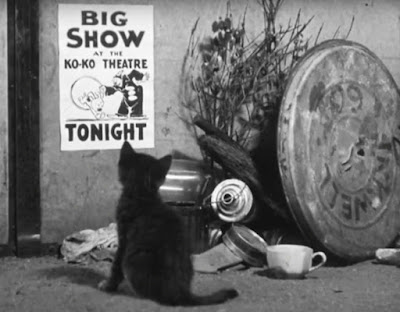
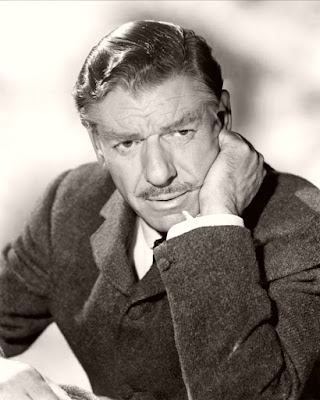
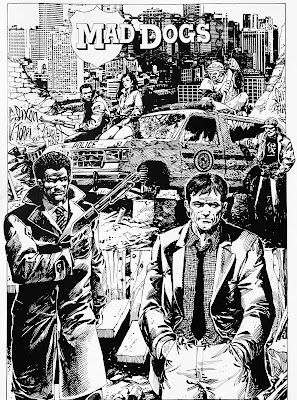
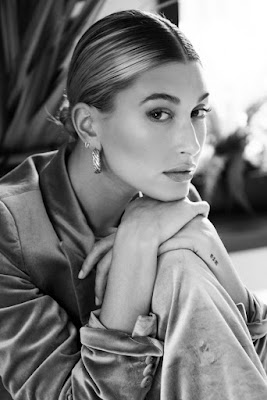

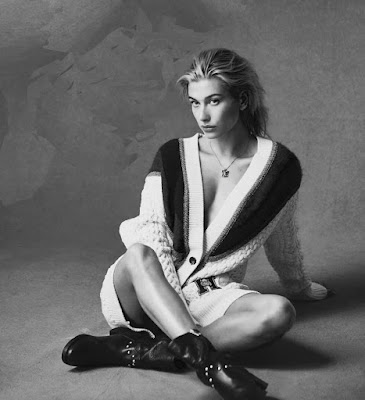


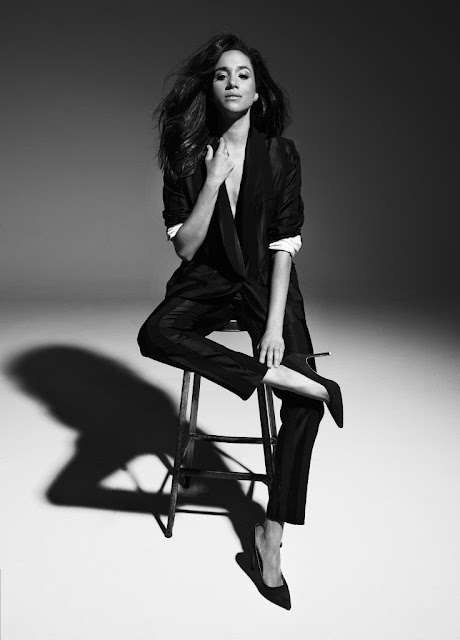

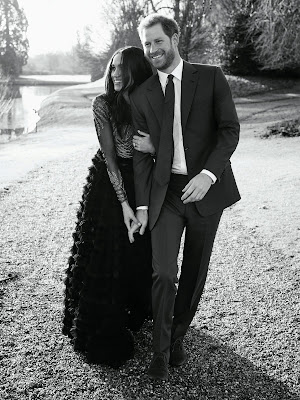
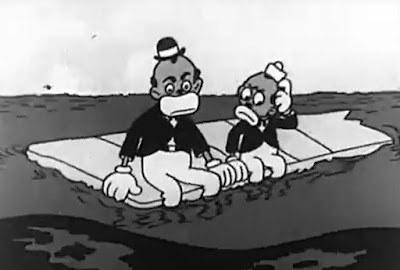
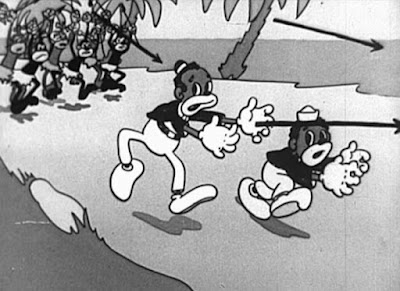
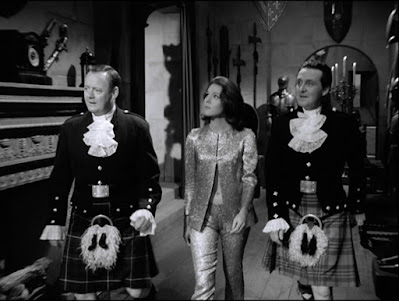
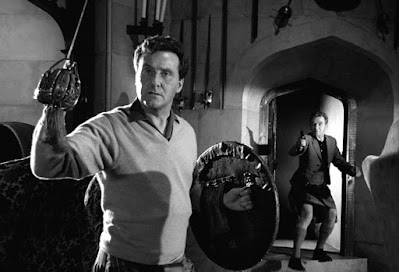

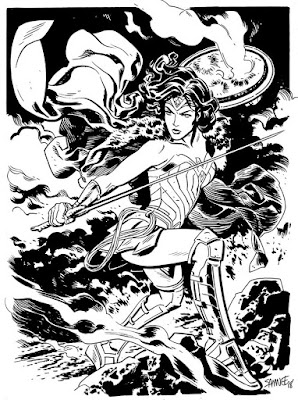
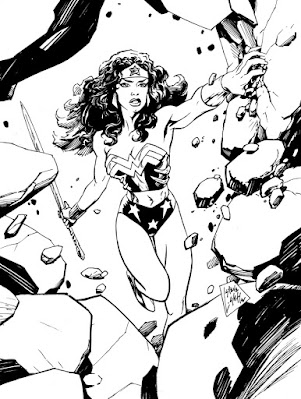
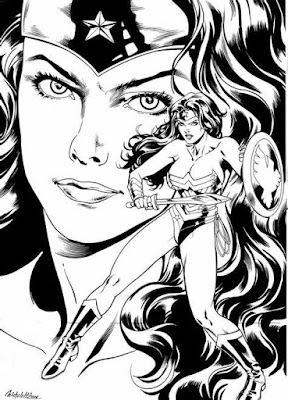

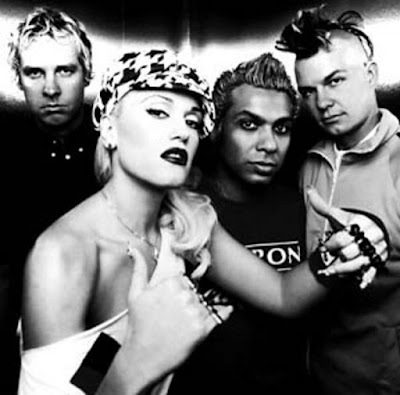












.jpg)






.jpg)
